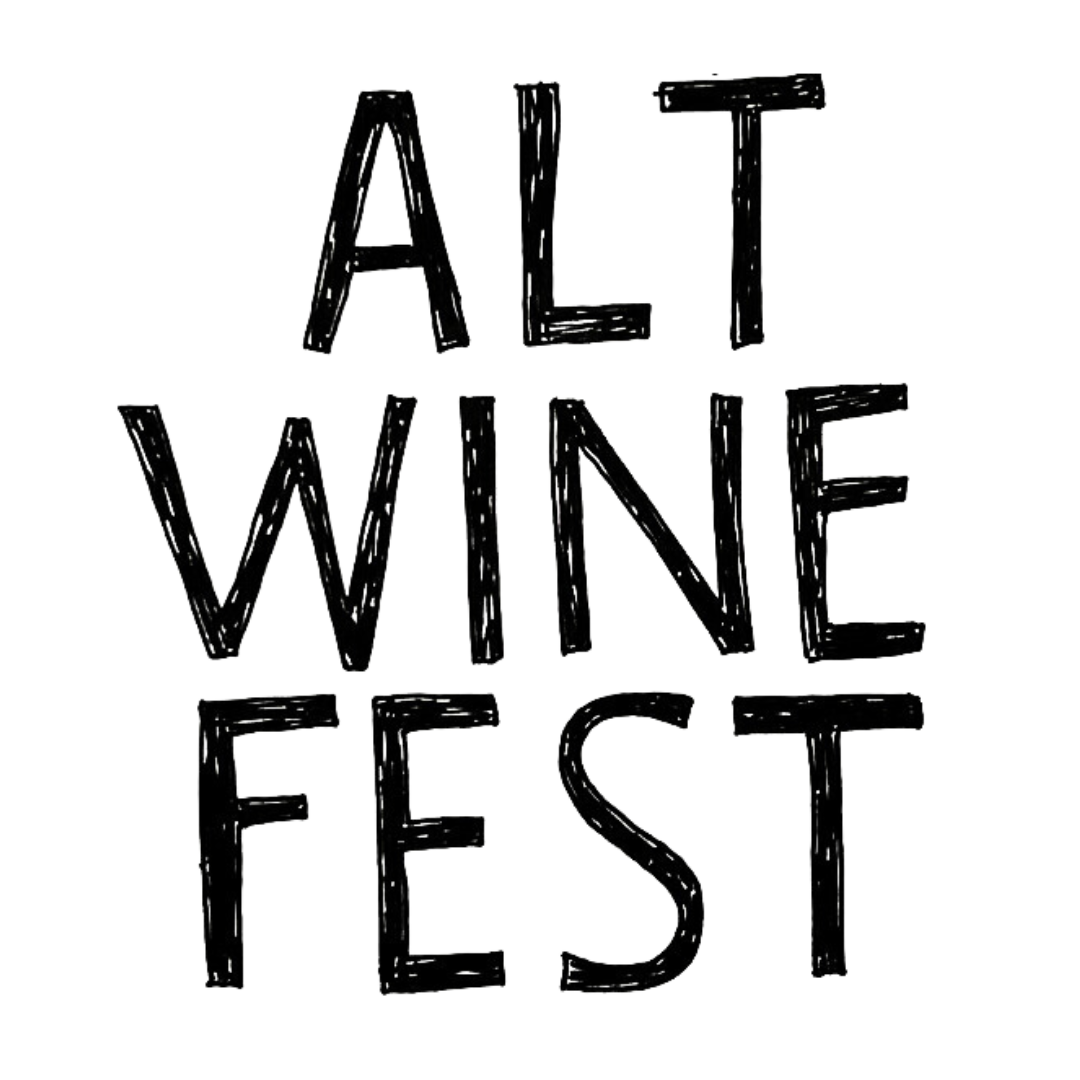The Future of Oregon Wine: Is it Pinot?
This article, written by our own Martin Skegg, was originally posted in the Portland Mercury December 2017. See the original article here.
Let’s play a game. Let’s pretend that Oregon’s fame as a preeminent Pinot Noir producer is based on a falsehood—that it’s largely the wrong grape to grow here. That there’s too much of it of too poor quality; that conditions and topography actually favor other varieties of grapes; that the whole industry, despite its investments and the narratives that it has generated along with swooning praise, has got it wrong.
A silly piece of make-believe perhaps, but there are those who think this is reality—that Pinot should really only be planted in a few specific places, rather than accounting for almost three quarters of planted land as it does in the Willamette Valley.
There are many other grape varieties—Riesling, Gamay, and Cabernet Franc, to name just three—on the sidelines waiting for their moment, and more and more winemakers are starting to realize this. And some of these are amongst the most exciting wines in the state right now. You could even say we’re entering a golden age—as long as we’re not talking Pinot.
Winemaker Chad Stock has no doubt the Oregon wine world has it backward. “Everyone would rather pretend the industry isn’t imploding, when it is,” he says. While there is a place for Pinot, he doesn’t think it should be planted all over the Valley as conditions, especially the soils, aren’t suitable.
He set up his three labels (Omero, Origin, and Minimus) with the deliberate intention of focusing on “world class” grapes that would match the soil and climate. His research led him to regions in France, Italy, and Switzerland around the Alps, as well as the Loire. He’s a big fan of Trousseau Noir, Savignin, and Cabernet Franc—varieties he’s had success with.
Jeff Vejr makes wine under his Golden Cluster label. He also believes the obsession with Pinot is damaging. “I think it’s dangerous any time you plant one thing on 75 percent of your land,” he says. He also thinks it’s presumptuous to claim we know what works well in Oregon. It takes time to work it through. “We’re greater than one variety from one region,” he says.
Geographically, he’s not far from Stock in his influences: Germany, Switzerland, and Austria, feeling that the likes of Zweigelt, St. Laurent, and Grüner Veltliner are more suited to the Oregon soil.
He has a keen sense of historical precedent, sourcing his fruit from a site that dates back to the 1870s (he’s also the only winemaker I’ve interviewed who can—and does—talk about grape yields from the 1980s). He points to the fact that Oregon had a burgeoning wine industry in the late 18th and early 19th century, before it was destroyed by prohibition, which zealous Oregonians introduced in 1916, four years before the federal government got around to it.
“Pre-prohibition there were more grape vines planted than in the late 1990s,” says Vejr. It’s not hard to see it as a lost opportunity, that if the vines hadn’t been ripped out, the Oregon wine industry would look a lot different today.
Still, even then Oregon wasn’t predestined to be dominated by Pinot. When the so-called pioneers established the modern wine industry in the 1960s, they planted many different varieties, including whites such as Riesling and Sylvaner. But then, in 1979, a Pinot Noir from Eyrie Vineyards received recognition in a prestigious competition in France. Oregon and its Pinot Noir was on the map.
Now, the media coverage and economic leverage of Pinot means people come to Oregon to grow it. Even Bree Boskov, a Master of Wine based in Oregon, doesn’t think such a concentration is a good idea. “We’ve all seen what happens when a fickle public latches onto something new,” she says. “There needs to be more excitement and inclusion for other varieties.”
She’s encouraged by the dynamism in Oregon’s younger generation of winemakers. “They don’t have assets like land and a winery, they’re working from custom crush facilities,” she says. Stock agrees change is coming and people will diversify, though he thinks “Too much money [has been invested] for people to say 'fuck, I got it wrong.’” He would like to see more experimentation in winemaking and farming and for somebody to plant a commercial sized vineyard that isn’t Pinot. “It’s time to put on the big boy pants,” he says, “and take a risk.”


